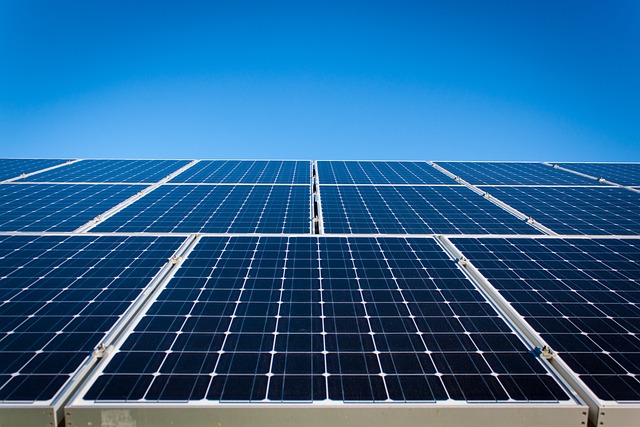Australia, a land of diverse landscapes and abundant sunshine, is ideal for harnessing solar energy. With an average of more than 2800 hours of daylight each year, it is no surprise that solar panels are a popular choice for sustainable energy production in the country. From the vast outbacks to the bustling coastal cities, solar power is making waves, and the “best solar panels Australia” has to offer are at the forefront of this renewable energy revolution.
The Core of Solar Panel Technology & How it Works
Solar panels, technically known as photovoltaic (PV) panels, are designed to convert sunlight into electricity. This conversion is based on the photovoltaic effect, a scientific process where materials generate electric current when exposed to light. Let’s break down how this happens:
- Absorption of Light: Solar panels are made of several solar cells, usually silicon. When sunlight comes into contact with a solar cell, the cell assimilates photons from the light.
- Generation of Electron Flow: The absorbed photons energize electrons in the silicon. These excited electrons escape from their atoms and create an electric current.
- Collection of Electric Current: Metal plates on the sides of the cells collect these electrons and transfer them as an electric current.
- Conversion to Usable Electricity: The electricity generated is direct current (DC), then converted to alternating current (AC) by an inverter, making it suitable for household and commercial use.
Quality Matters:
Selecting the right solar panels is crucial in a market saturated with options. Here’s what to look for in the best solar panels Australia provides:
Efficiency refers to the proportion of sunlight the panel can convert into electricity. Higher efficiency means more power output.
Durability: Check for the build quality and materials used. A durable panel will withstand harsh Australian weather conditions.
Warranty: An extended warranty period indicates the manufacturer’s confidence in their product. It’s a good sign of quality and reliability.
Brand Reputation: Opt for a well-established brand with a quality and performance history.
The Advantages of Going Solar in Australia
Reduced Energy Bills: By generating electricity, solar panels can significantly reduce dependence on the grid, lowering energy bills.
Sustainable Energy Source: Solar energy is renewable and doesn’t deplete natural resources or produce greenhouse gases.
Government Incentives: The Australian government offers incentives for installing solar panels, making them more affordable.
Increased Property Value: Homes equipped with solar panel systems often have higher property values due to the prospect of lower energy bills.
Investing in Community Solar Projects:
Community solar projects are gaining traction in Australia as an alternative to individual rooftop installations. These projects allow individuals to invest in or purchase a share of a larger solar facility built on a communal space. This is an ideal option for those who may not have suitable rooftop space or the necessary capital for a private installation. Here’s why community solar is appealing:
Shared Benefits: Community solar projects allow multiple individuals or entities to share the electricity generated, leading to collective savings on energy bills.
Accessibility: Renters and those with unsuitable rooftops can participate, making solar energy accessible to a larger demographic.
Economies of Scale: When community projects pool their resources, they can benefit from economies of scale, which means they can generate electricity at a lower cost per unit.
Future Trends in Solar Panel Technology
Solar technology is constantly evolving. In Australia, where solar energy is becoming increasingly popular, several emerging trends are worth noting:
Solar Storage: Solar panels can produce energy stored as batteries. This enables the use of solar energy even when the sun is not shining.
Building-Integrated Photovoltaics (BIPV): This technology integrates solar cells into building materials, such as windows and facades, making the entire building a solar generator.
Flexible and Lightweight Panels: New materials and manufacturing processes are leading to the development of more flexible and lightweight solar panels, which can be used in a broader range of applications.
Conclusion:
With abundant sunshine and supportive government policies, Australia is primed to be a global leader in solar energy. Investing in Australia’s best solar panels is a smart financial move and a step towards a sustainable and green future. The progress in solar panel technology is opening up endless opportunities for clean energy in Australia.
